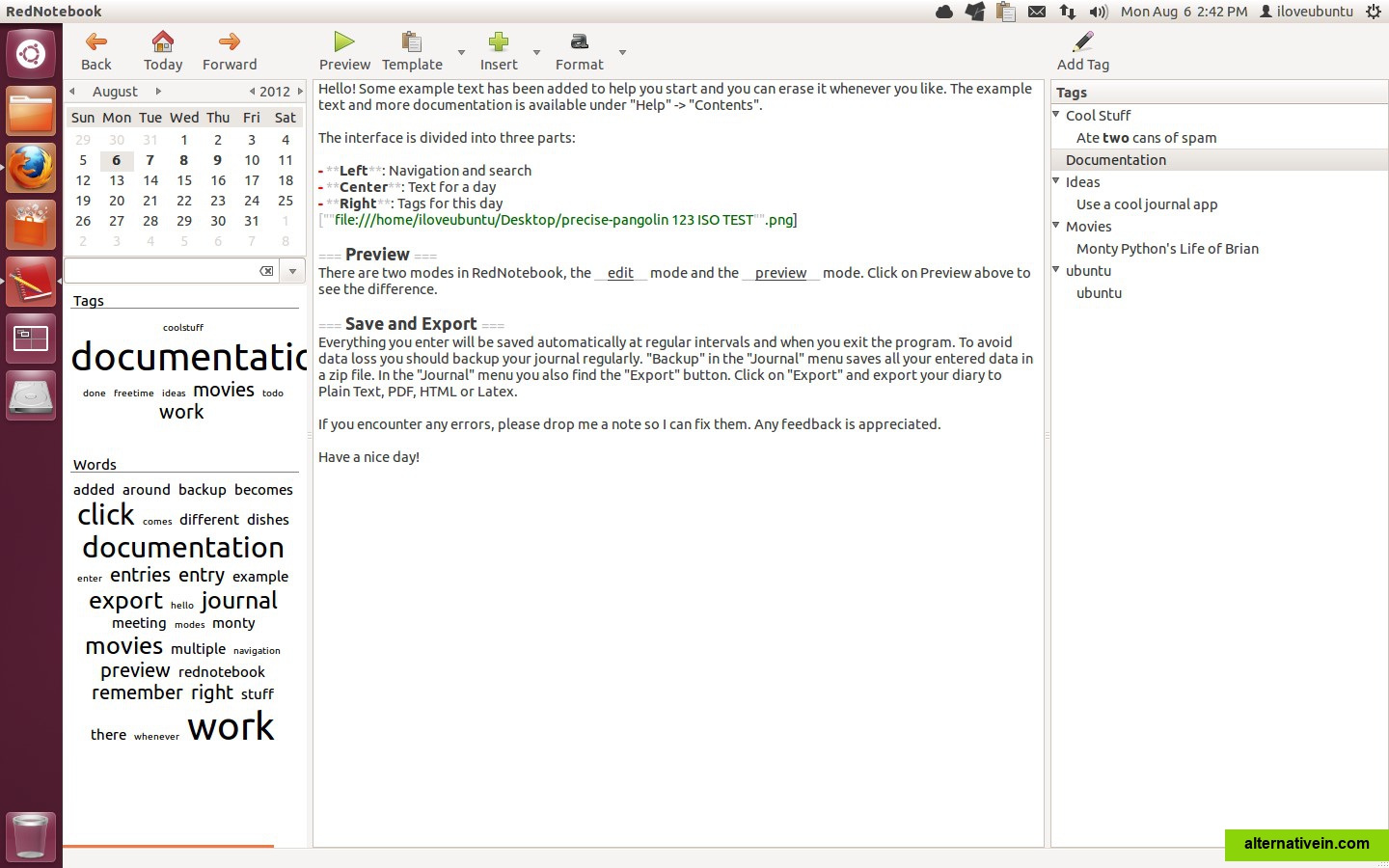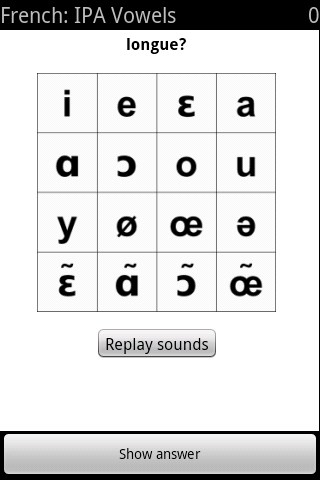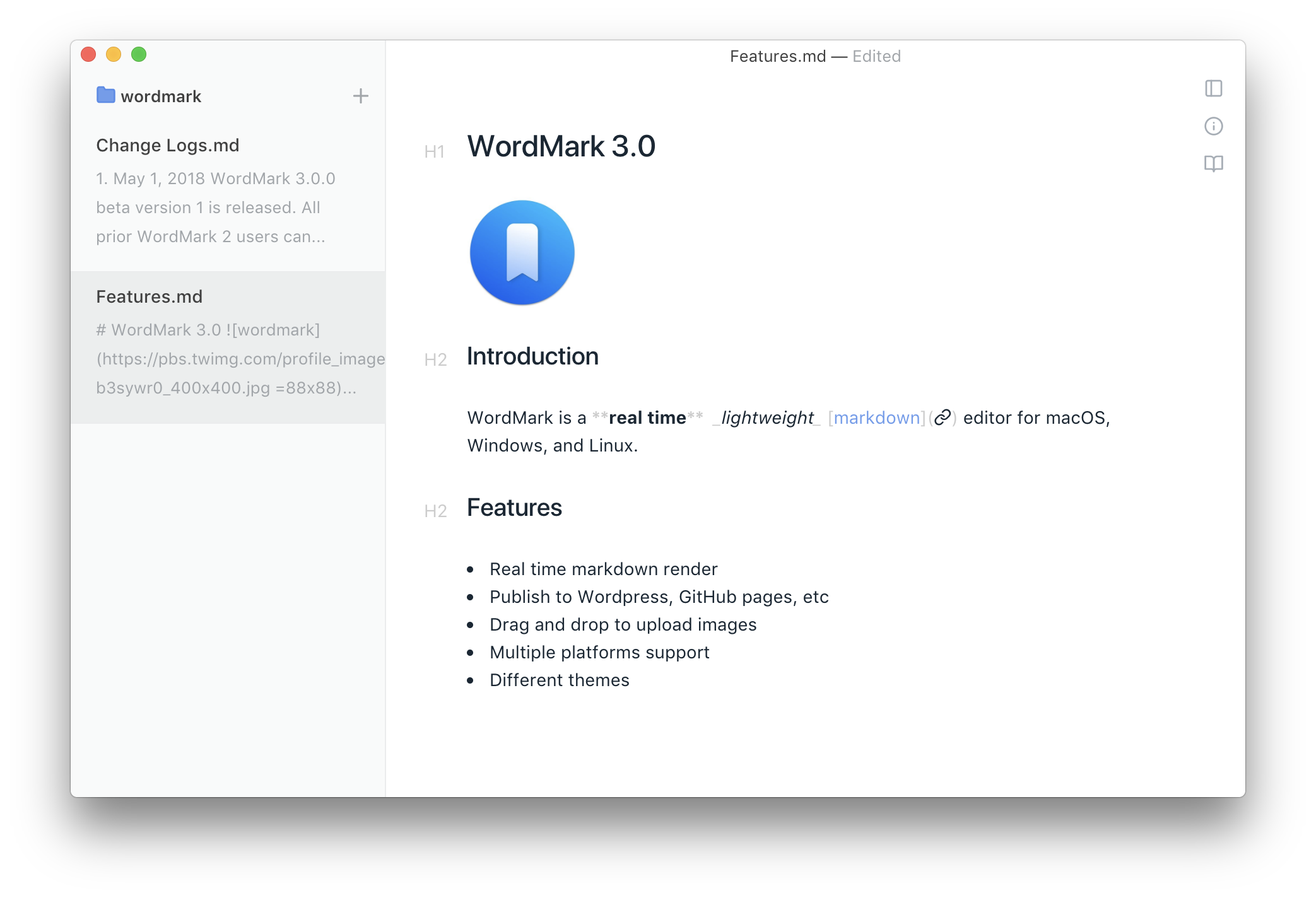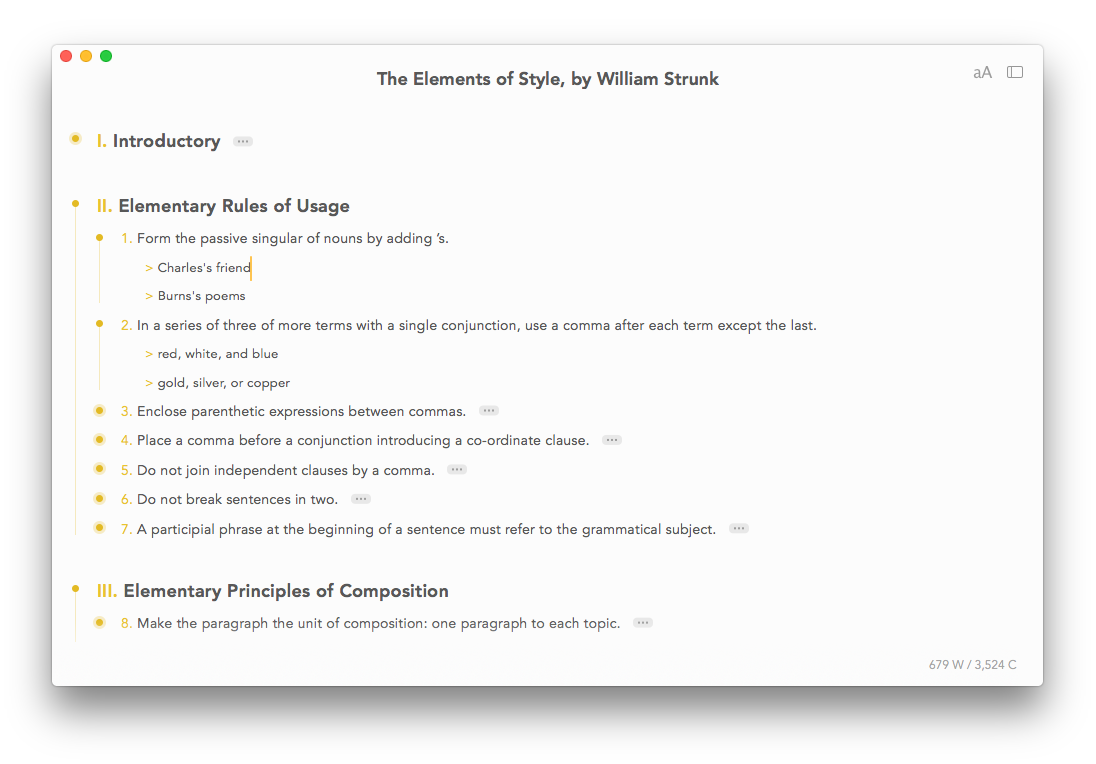
Then just choose an available shortcut (after testing in WorkFlowy): Here’s the command you can paste directly into the “Phrase Content” field of a new PhraseExpress phrase. You could also attempt the same key-stroke automation with AutoHotkey (Windows) or Keyboard Maestro (Mac).īasically what one of the above tools will allow you to do is to take what would have been exactly 5 keyboard strokes or shortcuts and whittle it down to just 1. Default Rendering/ Editing Mode: Github Flavored Markdown.

Default Width: 400px / Default Height: 250px.SETTINGS: Tool icon, top right of the note Here are the few tweaks I made in a one-time setup:
MACOS MARKDOWN OUTLINER INSTALL
When you first install the Sticky Notes extension, your default settings will be a tad different. In the same vein, I wouldn’t recommend that you go out of your way to create sticky notes containing new information – mostly because you won’t be able to filter/search for them within WorkFlowy. There’s no hard work to lose: Even starting from scratch, all you do (after the setup I’m going to show you) is hit your own tailor-made shortcut (Ctrl+Shift+F5 for me) in any list you’re currently in… and Bob’s your uncle. Q: What happens if something goes wrong with the extension and you lose all your notes?Ī: In the unlikely event, keep in mind that for the purpose of previewing your Markdown writing in WorkFlowy, essentially you’re copying existing information from any zoomed in list into your preview window. You can use this extension just as most people do… or you can use it as a “preview window” for your Markdown writing. So your mind is probably now racing with all the possibilities. When you revisit a web page where you created sticky notes, your note(s) will be exactly the way you left them.

What this extension allows one to do is attach sticky note(s) to any web page you want. That, and the fact that every single list of yours in WorkFlowy has it’s own unique URL. This little Chrome extension is what makes it possible.
MACOS MARKDOWN OUTLINER FREE
Here are the free tools you’ll need to make it happen:

After this simple setup, it’s all smooth sailing from there on out. If I expand each preview window to fullscreen mode before exiting, when I flip between chapters using the above keyboard shortcuts, I get a presentation in HTML, especially if I go into my browser’s fullscreen mode. Remember the Alt/Ctrl+Shift+9/0 Keyboard shortcuts from this post? What you’ll see in the below GIF is that I’ve created a Markdown “preview window” for each of the chapter lists within a section of my book. I can minimize the window to a teeny tiny tile, place it wherever I want… and click on it whenever I want to preview my Markdown: … and the best part is that every time I zoom into the same list, the exact same window will be right there where I left it:

I can resize or fully expand that window as I wish: All I do is hit Ctrl+Shift+F5 to have a configurable window that pops up with the entire contents of my list, giving me a preview of my work. In the GIF below, I’ve zoomed into a chapter from my book (written in Markdown in WorkFlowy). First a show and tell… and then I’ll explain the very few steps to set it up. Wouldn’t it be something if you had one simple keyboard shortcut that gave you the ability to preview (see the HTML) of whatever list you’ve zoomed into – right in WorkFlowy? I’ve been doing this for a couple of weeks already, and it’s sublime. So you’re a Markdown junkie and you want to preview your work – to see what your end format looks like – especially displaying any images you might have – instead of copying to an online Markdown tool in another browser tab. In my book I walk you through automating Markdown writing in WorkFlowy – from the very first bullet of your body of work all the way up to Word and Adobe Indesign for self publishing. If you’re a Markdown adept and you haven’t been writing directly in WorkFlowy, you’ve been seriously missing out on the punch that WorkFlowy packs as an outliner – you know, the ability to organize your thoughts. It doesn’t get any better than implementing Markdown in an outliner. And the more you engage with those people, the easier it is to remember their names. Learning Markdown is as easy as remembering the names of 5-10 new people, max. This is for all of you Markdown fans out there… and a teaser for those of you who need to take your writing places (and have yet to discover what Markdown is).


 0 kommentar(er)
0 kommentar(er)
